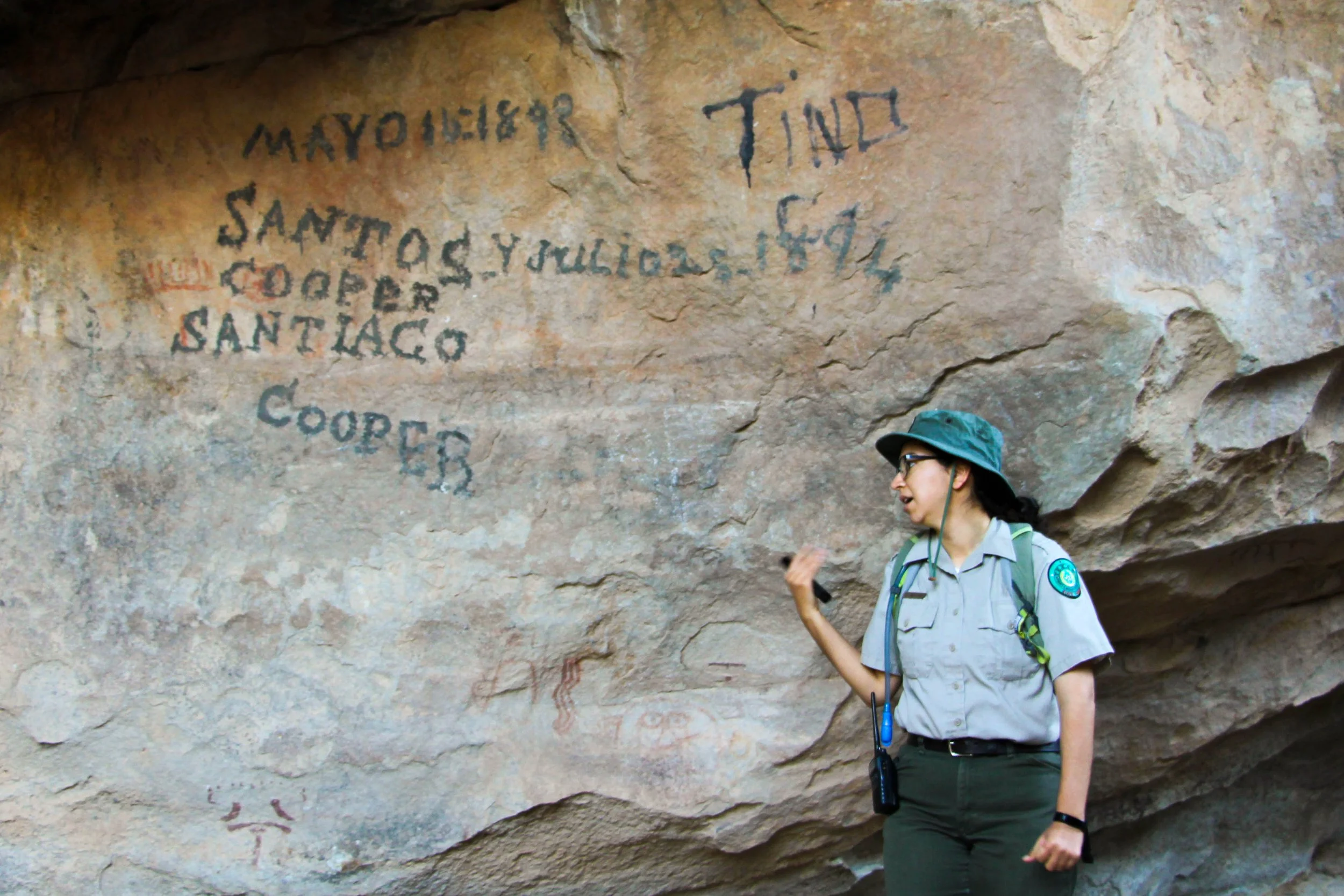John Kurc
Freelance Photographer and Filmmaker
Tucson, AZ
11/9/2021
In the YouTube video player, a mountainside covered in creosote bush erupts in plumes of dust and debris as if it has just been struck by an artillery shell. This is footage shot by John Kurc, a professional photographer and filmmaker, of dynamiting in Arizona’s Guadalupe Canyon to make way for the new wall on the US/Mexico border. Up until 2020, John photographed weddings and concerts, but as these two sectors virtually disappeared during the COVID-19 pandemic, he had time to focus his lens elsewhere.
John began to document the border and the issues surrounding it, inspired by a trip to Nogales, Mexico a year earlier. This documentation has been far from easy. John tells stories of the many negative interactions he has had with Border Patrol officials and the contractors building the wall, which is why he now wears a body cam whenever he is in the field collecting footage. He spent countless hours carefully observing the movements of crews building the wall so that he could time his drone flights to film the blasting. John is in the midst of creating a documentary that depicts the human suffering and decline of plant and animal populations caused by the border wall. The film will be released in the next couple of years although John wishes that it could reach viewers even sooner to highlight the pressing crises on the border.
By Morgan Sharp



